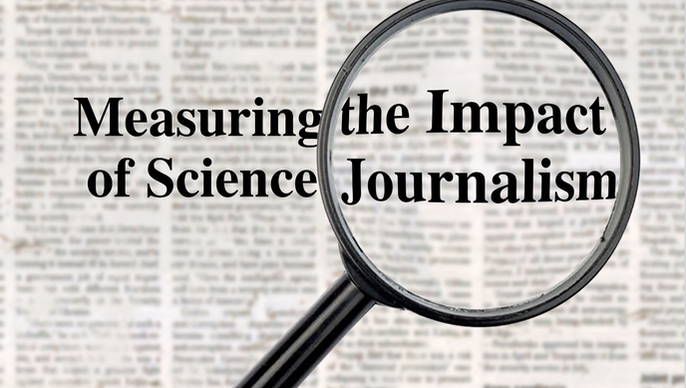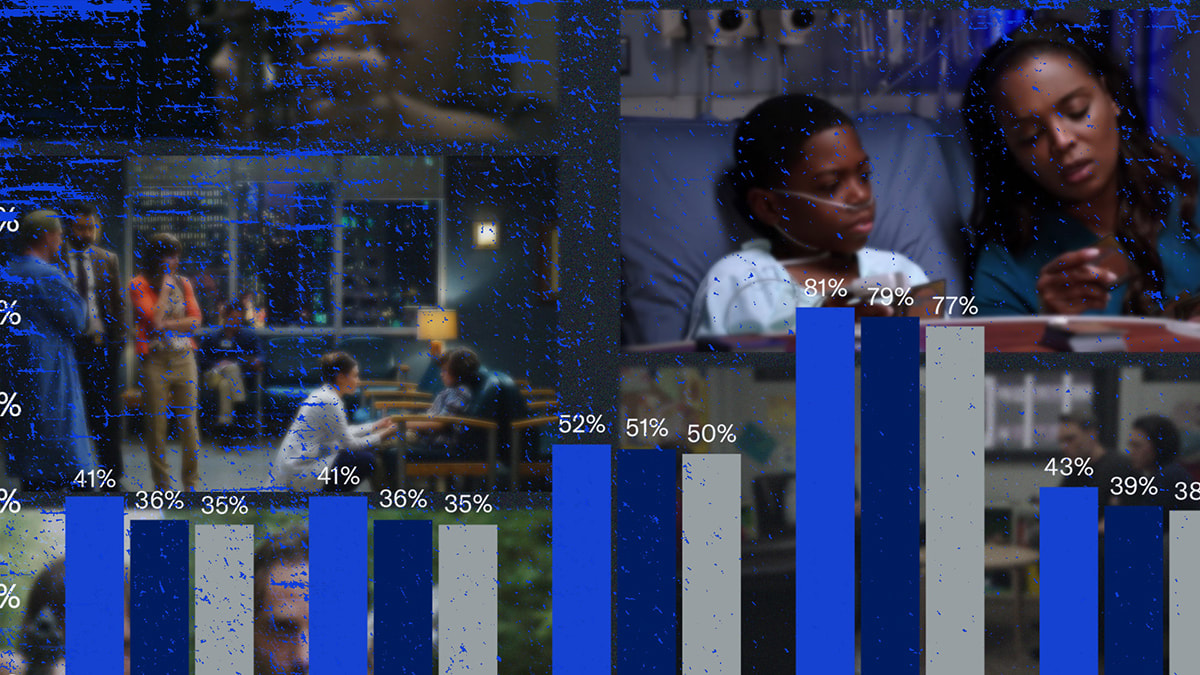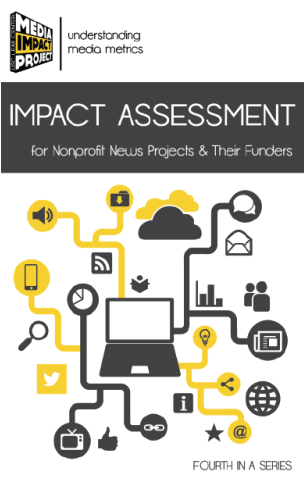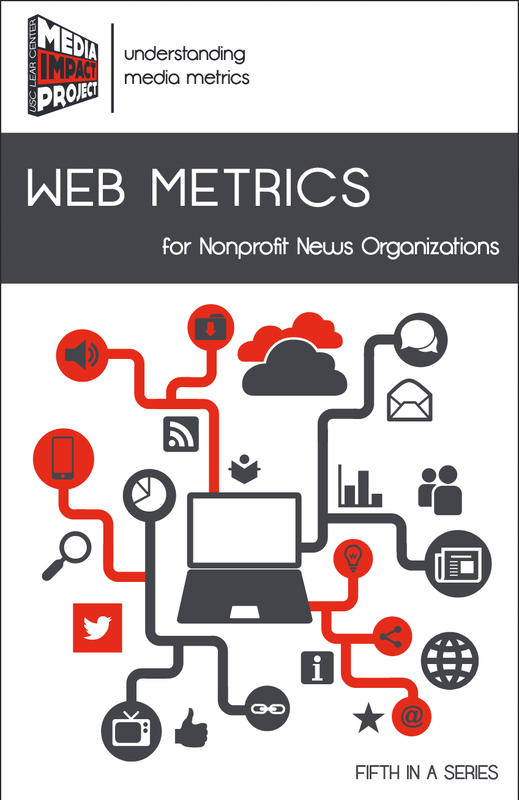Publications
Our research reports, case studies and how-to's on media metrics:
|
Featured
Understanding MENA Audiences
Audience survey research in Egypt and Saudi Arabia reveals significant opportunities for content creators to connect with audiences in the Middle East/North African region eager for expanded scripted programming across multiple genres and platforms.
Read the report. |
|
MENTAL HEALTH ON TELEVISION
We worked to understand the impact of mental health depictions in entertainment. We found that quality and nuanced TV storylines can destigmatize mental health treatment and promote help seeking. |
CAREGIVING & NBC's THIS IS US
This study found that the final season of NBC’s This is Us influenced audience attitudes on caregiving issues. From universal challenges to policy support, the storyline had an impact on viewers' beliefs & actions. |
GUIDE FOR NARRATIVE CHANGE
Funders interested in narrative change often ask variations of the question: How do we really know what strategies are working? Our latest report distills 25 best practices that make narrative change efforts more likely to be successful. |
|
POP CULTURE FOR SOCIAL CHANGE
We have created the first networking mapping survey of the Pop Culture for Social Change (PCfSC) field. This "state of the field" report is an essential baseline for mapping, understanding and witnessing the evolution of the PCfSC field. |
TRIGGER WARNING
Trigger Warning: Gun Guidelines for the Media is a new resource guide created by Hollywood, Health & Society to help creatives better understand the presence of gun use in the entertainment industry. |
SCIENCE JOURNALISM IMPACT
With support from the Howard Hughes Medical Institute, we identified and studied best practices for achieving impact through science journalism, focusing on local climate change coverage through the Pulitzer Center’s Connected Coastlines series. |
|
IMMIGRANT STORIES MATTER
In our third study with Define American, we analyzed 167 characters across 169 episodes of 79 scripted series that aired between July 1, 2020, and June 30, 2022. We also conducted an audience survey to examine the impact of four TV series on attitudes toward immigrants and immigration. |
A GLARING ABSENCE
In collaboration with Good Energy, a content analysis and survey found that there are few mentions of climate change in TV and film. But audiences who are most alarmed about climate change tend to also be more hopeful about solutions and want to see these stories in fictional entertainment. |
SHOOTING STRAIGHT
This study, conducted with Everytown for Gun Safety, examines how gun safety and gun violence prevention are depicted in popular TV and provides recommendations for how the television industry can improve portrayals. |
|
SPOTLIGHT ON DOMESTIC WORKERS
We partnered with the National Domestic Workers Alliance in this study analyzing the history of domestic worker representation across scripted film and TV. The findings explore how often domestic workers have been referred to and with what terms, and examine character demographics such as race, gender, immigration status, and speaking role. |
FLIP THE SCRIPT ON PLASTICS
Our research team examined 32 popular television shows from the 2019-2020 season in the first-ever analysis of the portrayal and prevalence of single-use plastics and reusable alternatives in popular scripted television shows. We found them awash with plastic pollution. The research was supported by the Plastic Pollution Coalition. |
THE SOCIAL DILEMMA
In a survey of nearly 4,000 people, we found that viewers of the film The Social Dilemma were more knowledgeable about persuasive design techniques employed by social media companies, had greater support for design changes and government regulation, and overwhelmingly took at least one action after watching the film, such as hosting their own screening, signing a petition or joining a volunteer group. |
|
CHANGE THE NARRATIVE, CHANGE THE WORLD
Our second study with Define American finds that TV shows with nuanced immigrant characters and storylines can shift attitudes and inspire real-life action--leading to inclusive attitudes towards immigrants and opposition to criminalizing undocumented people. |
STORIES MATTER: NARRATIVES OF HEALTH EQUITY
We are exploring how media and entertainment narratives impact audiences’ understanding of health and well-being, disparities and solutions; and how entertainment might play a key role in shifting mindsets toward equity, justice and systemic change. Ultimately, this work aims to increase public support for more equitable policies, programs and practices. |
ARE YOU WHAT YOU WATCH? TRACKING THE POLITICAL DIVIDE THROUGH TV PREFERENCES
We polled some 3,000 Americans on their opinions about U.S. and world affairs as well as their favorite entertainment and news preferences. |

CHARITABLE GIVING IN THE MEDIA
This study analyzes the narratives about giving conveyed through mass media news and entertainment, as well as what types of media content are consumed by potential donor audiences. The research was funded by the Bill & Melinda Gates Foundation. |
POVERTY NARRATIVES IN POP CULTURE
We conducted a cultural audit of poverty narratives in TV, film, music and video games. The project is with support from the Bill & Melinda Gates Foundation. |
NORMALIZING INJUSTICE
An effort with the advocacy organization Color of Change to study the depictions of the U.S. criminal justice system on American TV. |
|
IMMIGRATION NATION: EXPLORING IMMIGRANT PORTRAYALS ON TV
Exploring findings from a content analysis of popular television shows to determine how often and in what ways immigrant characters are depicted. A partnership with Define American and The Hollywood Reporter. |
HOW TRUMP'S SH*THOLE REMARK AFFECTED PUBLIC SENTIMENT
An analysis of Twitter sentiment in the wake of news reports that President Trump had characterized some African nations as “shithole countries.” |

AFRICA IN THE MEDIA
The inaugural research project, with an initial focus on measuring US media depictions of the continent and their impact on US attitudes and engagement with the region. |
|
DOES MEDIUM MATTER? EXPLORING THE ROLE OF VIRTUAL REALITY IN JOURNALISM
This report presents the results of two studies examining audience impacts of two virtual reality experiences created by FRONTLINE and Emblematic Group. |
STEM NEWS: IN THE LIVES OF EARLY CAREER ADULTS
A four-year collaboration with PBS Newshour to understand how U.S. early career adults engage with STEM (Science, Technology, Engineering, Math) news content. |
THROUGH THE LOOKING GLASS
An experimental study of 360-degree video experienced through different lenses. |

|
MEASURING MEDIA IMPACT: AN OVERVIEW OF THE FIELD
The goal of this report is to provide a comprehensive overview and assessment of the approaches being employed in this formative period of assessing media impact, with a focus on what is termed here a social value perspective. |
CASE STUDY: AMERICA DIVIDED
America Divided was a groundbreaking documentary series that features celebrities such as Common and Norman Lear exploring stories that are meaningful to them personally. Broadcast on EPIX, the series worked with civic groups to host screenings and promoted discourse that inspired action among viewers nationwide. Our report looks at how groups organized and acted after viewings. |
|
CASE STUDY: MEDIA'S GENDER GAP
Women are underrepresented in newsrooms and are less likely to read political and international news, but when a newsroom closes the gender gap, does it result in a higher share of women in their audience? Former Financial Times Engagement Strategist Alyssa Zeisler investigates the relationship between women's news production and consumption in this case study. |
CASE STUDY: RADIO VOICES
The Conrad N. Hilton Foundation’s grant to KCRW in 2015 gave the Los Angeles-based public radio station the means to expand their coverage of underserved and vulnerable populations in Southern California. As outside evaluators, we examined the expanding influence and growth of KCRW’s programming. Over the course of a few years, KCRW reshaped its newsroom, increased their coverage, offered fresh perspectives on the issues, and connected with new audiences. |
TIPSHEETS:
MESSAGING FOR MEDIA IMPACT Designed to help media makers optimize stories for impact with the help of social science. |
|
WAITING FOR 'SUPERMAN'
The Norman Lear Center's Media Impact Project has developed an innovative new survey instrument that answers a question that has long preoccupied media researchers: Can films really change people’s behavior? Read our findings from a series of surveys on Participant Media properties that measured the impact of a film on viewers’ knowledge, beliefs and behavior. |
CONTAGION
The Norman Lear Center's Media Impact Project has developed an innovative new survey instrument that answers a question that has long preoccupied media researchers: Can films really change people’s behavior? Read our findings from a series of surveys on Participant Media properties that measured the impact of a film on viewers’ knowledge, beliefs and behavior. |
FOOD, INC.
The Norman Lear Center's Media Impact Project has developed an innovative new survey instrument that answers a question that has long preoccupied media researchers: Can films really change people’s behavior? Read our findings from a series of surveys on Participant Media properties that measured the impact of a film on viewers’ knowledge, beliefs and behavior. |




































